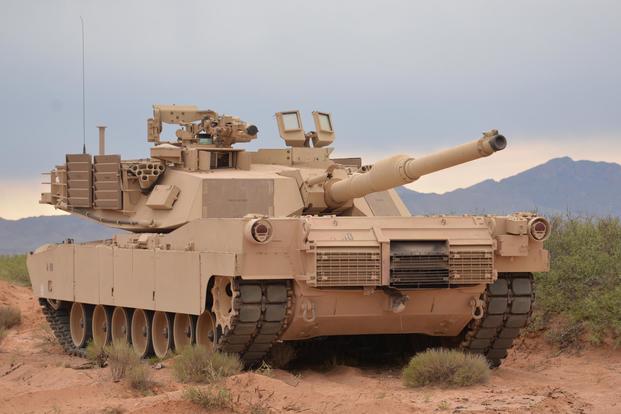The U.S. Army's decision to base its new, 16th Armored Brigade Combat Team at Fort Bliss, Texas, will make the Lone Star State the service's armored fist with two, full heavy divisions.
The service announced it will convert the 1st Stryker Brigade Combat Team, 1st Armored Division, at Bliss to an armored brigade combat team -- a move designed to strengthen the Army's heavy force in case war breaks out with near-peer adversaries such as Russia and China, according to a Sept. 20 Army press release.
To maintain its medium-weight force of Stryker brigade combat teams, the Army will also convert 2nd Brigade Combat Team of the 4th Infantry Division -- an infantry BCT at Fort Carson, Colorado -- to a Stryker BCT.
This conversion contributes to Army efforts to build a more lethal force and is an investment to increase overmatch against potential adversaries, the release states, adding that it also postures the service to better meet combatant commander requirements under the 2018 National Defense Strategy.
"The Army leadership determined that we needed to convert two brigade combat teams to armor and Stryker in order to deter our near-peer adversaries or defeat them if required," said Maj. Gen. Brian J. Mennes, director of force management.
But basing the 16th ABCT at Bliss will also equip the 1st AD with three ABCTs, making it a true armored division, placed alongside the 1st Cavalry Division at Fort Hood, Texas -- also equipped with three ABCTs.
"The old thinking looked at a division that included one of each type of brigade combat team -- infantry, Stryker and armored -- but experience has shown some of the flaws with that model," said Lt. Gen. Joseph Anderson, deputy chief of staff for Army G3/5/7. "What we learned over time was when you tried to deploy BCTs where you only have one like kind on an installation, it's hard on some of our manning numbers. Due to training requirements, non-deployable statuses and other factors, individual units from that installation couldn't always build a full-strength unit to get out the door for the mission."
In late 2016, the Army announced it was adding a 15th ABCT to the force by converting an infantry brigade combat team to an ABCT. The announcement came on the heels of the service's pledge to deploy a U.S.-based ABCT to Europe on a continuous rotation in support of the European Reassurance Initiative.
The conversion of the 1st SBCT to an ABCT at Bliss will begin next spring, followed by the conversion of the 2nd BCT to an SBCT at Carson in the spring of 2020. Converting one type of combat brigade to another typically takes about 18 months, according to Army spokeswoman Maria Njoku.
The service has a total of 58 BCTs. The change will equip the active force with 11 instead of 10 ABCTs while the other five ABCTs remain in the National Guard. The active force will decrease from 14 to 13 IBCTs and maintain seven SBCTs.
The National Guard has 20 IBCTs and two SBCTs.
"Converting a brigade combat team from infantry to armor ensures the Army remains the world's most lethal ground combat force, able to deploy, fight and win against any adversary, anytime and anywhere," Army Secretary Mark Esper said.
-- Matthew Cox can be reached at matthew.cox@military.com.













